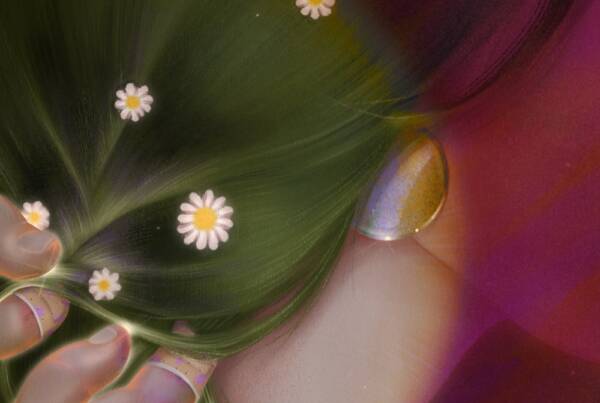Writing by Savannah Mullings-Johnson // Photograph by Toni Antonia // Young black girls began to claim they too wanted to be gymnasts and swimmers. It was quite beautiful to watch blossom and see all these little faces light up; they finally had someone to look up to who looked like them.
Writing by Savannah Mullings-Johnson // Photograph by Toni Antonia
Cast your mind back to last month when the world was a state of euphoria and national pride as the Rio Olympics took place. Rival athletes came together to compete and mini future-Olympians found themselves engrossed in the TV, inspired by everything that was taking place.
I think it’s safe to say that one of the main focuses of this year’s Olympics was the United States Women’s Gymnastics Team, noticed not only for their exceptional talent but for their diversity as well, as they paved the way for future ethnic minorities (particularly females) at the games. The U.S Women’s Gymnastics team consisted of, most notably, Gabby Douglas, Simone Biles, Laurie Hernandez, and Aly Raisman. I usually aim to catch some of the Olympics every year, but this was the first time that I actually felt connected to the athletes, and was also the first time that I saw girls on TV that I could relate to; who looked like me. Of course, it is not like black girls have never competed in the Olympics, but this year there was such a noticeable increase of black girls competing for a country that is often notorious for their lack of minority representation in media.
It is suffice to say that the Olympics were the epitome of black girl magic.
Simone Biles has been heavily commended for her role in the Olympics, with some even going as far to call her the greatest gymnast of the generation. It’s arguably a very well-deserved title as she left the games heavily decorated with medals after winning gold in the Women’s vault, Women’s floor, and the Women’s team all around.
Maybe that is even an understatement of just how much she has achieved. I think it’s important to take a moment to acknowledge that the greatest female gymnast in the world is an African-American–something we don’t see often. The presence of black athletes at the Olympics was so empowering that black parents all around the world began to showcase just how much it had impacted their children. Young black girls began to claim they too wanted to be gymnasts and swimmers. It was quite beautiful to watch it all blossom and see all these little faces light up; they finally had someone to look up to who looked like them, and something that used to seem impossible suddenly seemed possible.
“It is very interesting to see black women going into areas where you really don’t see black women competing, with all different body shapes, complexions, and hairstyles being represented,” said Kaye Wise Whitehead, a professor at Loyola University who studies race and gender. “Black women see and feel that there is no door closed to us […] and that we’re not just walking through those doors, but we’re dominating.”
For centuries, the black woman has found herself at the centre of discrimination and persecution, often pushed to the back burner whilst her Caucasian peers received all the accreditation. Thus, it is quite a big deal to have ethnic minorities taking such charge as they have this year. It wasn’t just gymnastics that saw ethnic minorities dominating–Michelle Carter, an African American, became the first American female to win the shot put (and was the first woman to win the sport since 1960!). Simone Manuel made history in Swimming, as she became the first African-American to win an Olympic gold in an individual swimming event; a very powerful and symbolic feat, considering African-Americans were denied entry to public swimming pools not too long ago.
For those who do not understand the importance of Black Girl Magic, you need to know that there was a time when black people were banned from sport and if given the opportunity to play in the Olympics, they were often secluded from their other teammates. After doing some more research, I found that in the 1932 Olympics, black athletes Tidye Pickett (a hurdler) and Louise Stokes (a sprinter) were often forced to stay in an attic apartment away from their teammates. In other situations, black athletes who competed in the Olympics were denied recognition when they came home, such as in 1936 when 18 black athletes were given no recognition upon their return home to America.
That was then and this is now; times are changing and I hope that black girl magic will only increase its place in sport in the coming years.







